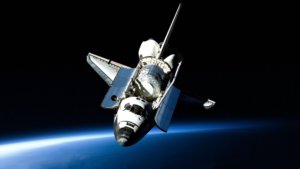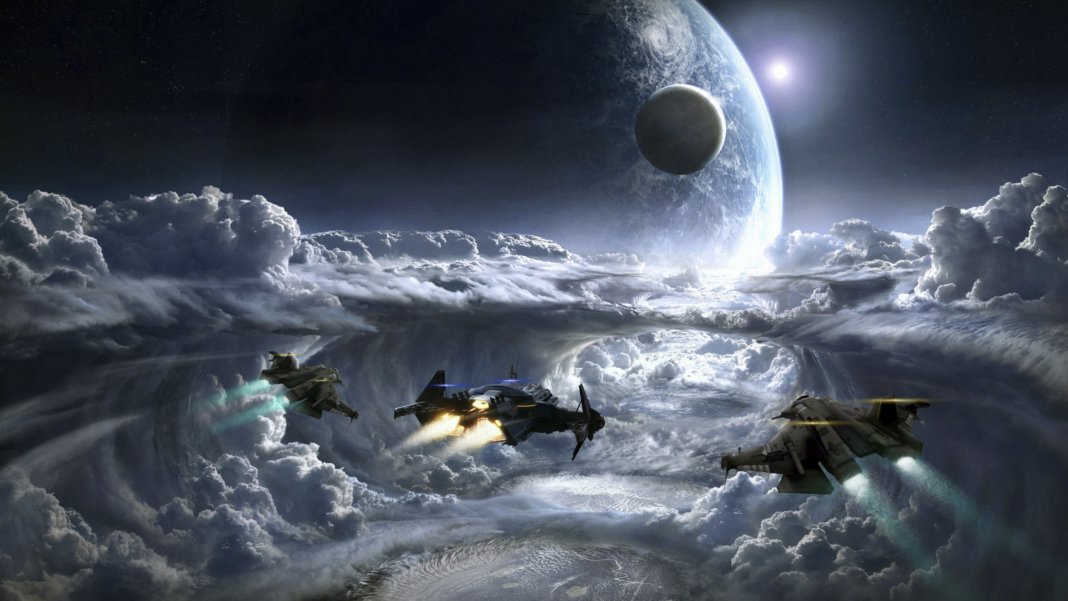Spaceflight
Spaceflight (also written space flight) is ballistic flight into or through outer space. Spaceflight can occur with spacecraftwith or without humans on board.
Example
- The Russian Soyuz program, the US Space Shuttle and the International Space Station are examples of manned (with humans) missions for spaceflight.
- Space probes and satellites (which orbit the Earth), are examples of unmanned (without humans) spaceflights.
- These operate either by radio control or are fully independent.

History
- Spaceflight became part of human achievement in the 20th century following theoretical and practical breakthroughs by Konstantin Tsiolkovsky and Robert H. Goddard.
- spaceflight has been characterised by greater international co-operation, cheaper access to low Earth orbit and an expansion of commercial ventures.
- Spaceflight became an engineering possibility with the work of Robert H. Goddard’s publication in 1919 of his paper A Method of Reaching Extreme Altitudes.
Uses
- Spaceflight is used for space exploration such as manned missions to the Earth’s moon or unmanned missions to other planets in the solar system.
- Spaceflight can also be used for tourism and satellite telecommunications.
- A spaceflight begins with a rocket launch, which provides enough energy to get out of Earth’s atmosphere and to orbit the Earth.
- The first artificial satellite of Earth was the Russian Sputnik 1 on October 4, 1957. The first unmanned spaceflight was completed by a German V-2 missile on October 3, 1942.
Subcategories
There are 7 subcategories,
- Astronauts (4 C, 12 P)
- Japanese space program (24 P)
- Rockets (16 P)
- Space stations (4 P)
- Spacecraft (6 C, 15 P)
- UFOs (3 P)
- Spaceflight templates (2 P)
2018 in spaceflight
An artist’s rendition shows the CST-100 Starliner capsule undocking from the International Space Station (ISS). Both the Boeing Starliner and the SpaceX Dragon 2spacecraft are scheduled to carry their first astronauts to the ISS in late 2018.
- 2018 is expected to bring a number of milestones in spaceflight.
- In planetary exploration, the NASA InSight seismology probe is expected to launch and land on Mars within 2018.
- India plans to launch its Chandrayaan-2 lunar orbiter/lander/rover in the first quarter of 2018.
- On 23 January 2018, the organizers of the Google Lunar X Prize announced that the $20 million grand prize for a commercial lunar lander will expire on 31 March 2018 without a winner because none of its five finalist teams would be able to launch a mission before the deadline.
- As of January 2018, around 170 orbital launches are planned for this year, almost double the 90 orbital rockets that were launched in 2017, though some could potentially be delayed until 2019.
- On February 3, 2018, the Japanese SS-520-5 rocket (a modified sounding rocket) successfully reached orbit and deployed the TRICOM-1R, a 3U CubeSat. It became the lightest and smallest launch vehicle to send a payload to orbit.
Orbital launches
- First – 8 January
- Last – 3 February
- Total – 17
- Successes – 16
- Partial failures – 1
Rockets
- Maiden flights – Falcon Heavy
- Retirements – Delta IV M+(5,2) SS-520

